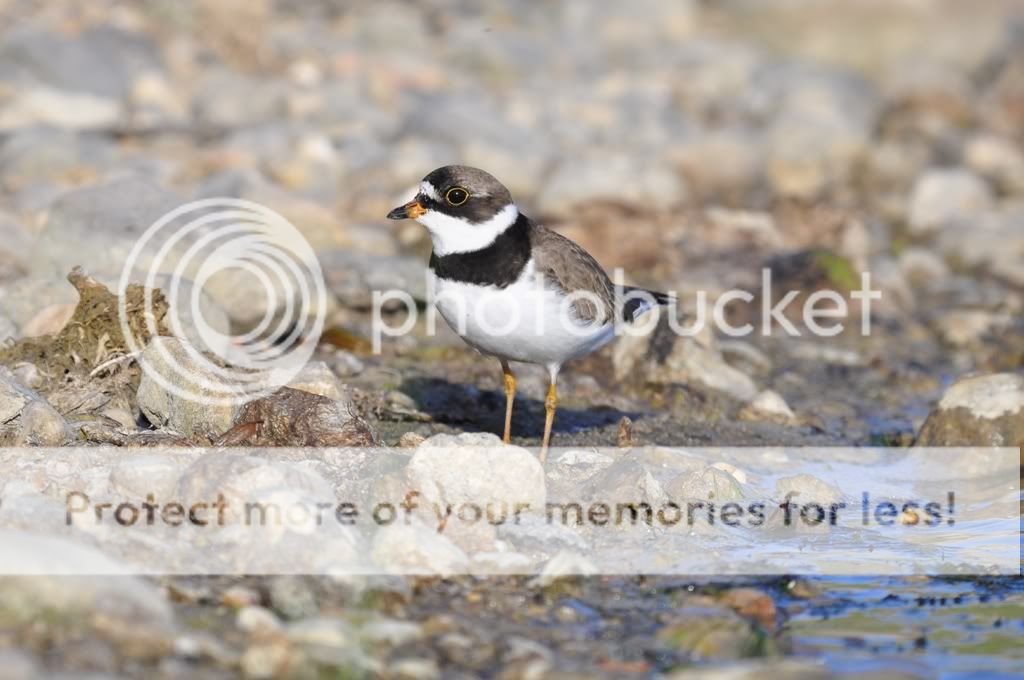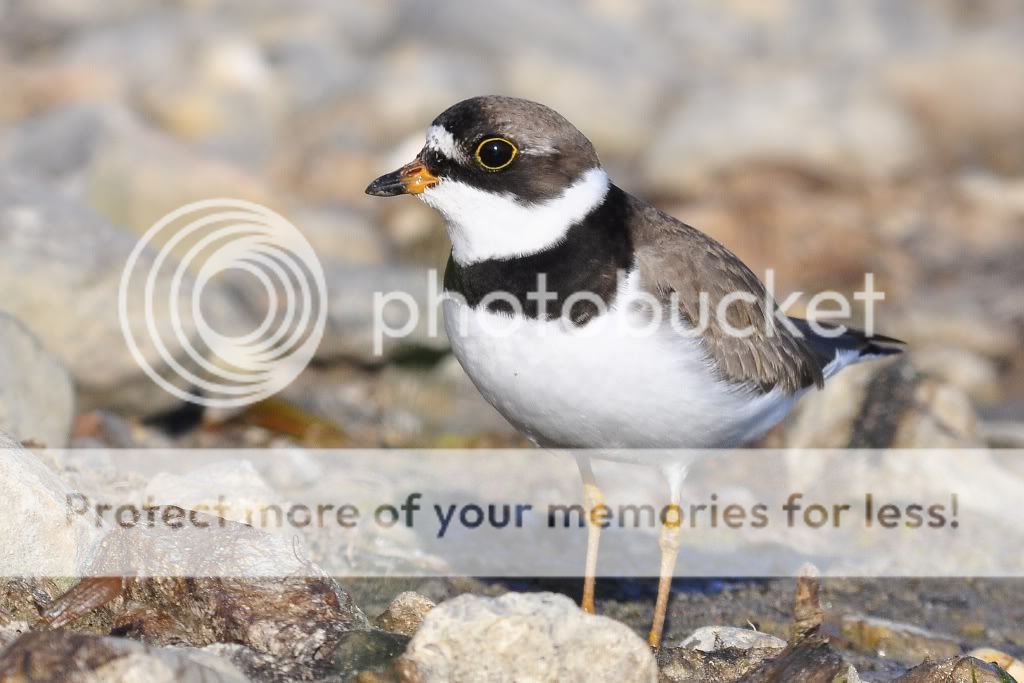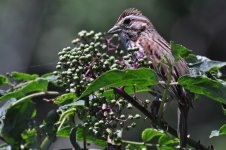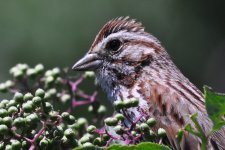Aegea
Well-known member
I did manage to take apart one that looked somewhat similar a few years ago by the application of brute force. IIRC, I supported the metal housing and used a padded wooden dowel and a hammer from the leg side to tap the lens free. However, I am sure this approach could just as easily have shattered the lens, so be careful if you try it!







